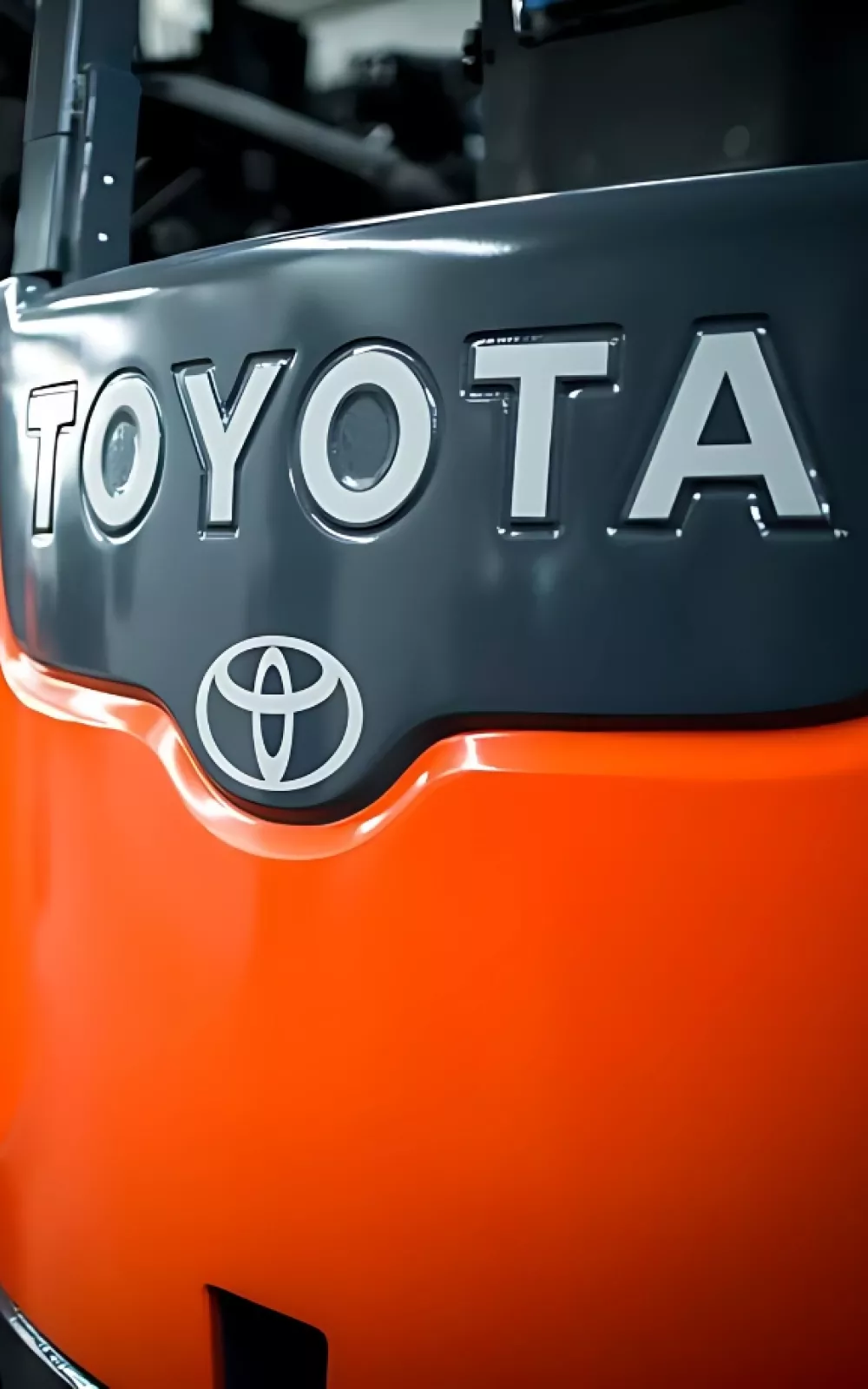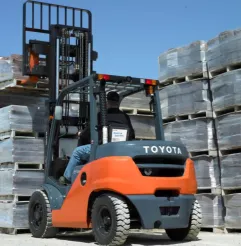Rent
ProLift offers daily, weekly, and monthly rentals. Find the right equipment for maximum productivity and safety.
Let us know how we can assist you! A ProLift specialist will connect with you to help with your material handling needs.

Determining the optimal lease term for your forklift can have a significant impact on your operational efficiency and budget. Explore key factors that influence lease length and help you make the best choice for your business needs.

You’ve weighed the pros and cons of leasing your forklift versus a purchase and have decided to lease. The next step is researching if a shorter term lease could benefit your production and budget. Consider these factors when determining the length of your lease term.
The typical lease includes 2,000 hours of utilization annually, which is approximately 40 hours weekly. While this amount of hours may not seem sufficient for the year’s production, conducting an application survey may show the forklift is not in use as often as predicted.
In the event you find utilization to be more than 2,000 hours you can request a higher number of hours be included in your lease. While this will raise the cost of your monthly lease payments it will almost always be less than the overtime charges which can range from $.45/hour to over $5.00/hour.
If the overtime expense remains a concern, refer to your leasing company’s published overtime rate. You may want to assume the risk of paying the overtime rate versus paying for hours that you may not use. The key to this philosophy is to understand the hourly rate and confirm when the overtime will be measured. The best option is to have overtime calculated at the end of the lease term versus annually. If you have periods with low utilization you might avoid overtime expenses due to short-term peaks in business activity.
Usually the payment amount is reduced as you lengthen the term of the lease. If the priority is to keep the payment as low as possible you might consider a 5- or 6-year lease. However, you must be careful not to extend the term to the point where the benefits of the payment reduction are offset by an increase in maintenance.
For clarification, ask ProLift to quote a maintenance program with two or more lease term options. Those combined payments will help you determine when the maintenance expense exceeds the benefit of the longer term.
If you have a customer who represents a significant percentage of your business, contemplate matching the term of the forklift lease with the term of the contract. This practice significantly reduces your risk should that business be lost.

The equipment you have may not align with what you need. Collaborate with ProLift sales consultants to review your short- and long-term production goals, budgets, and material handling trends. They’ll provide tailored equipment options and solutions to meet your specific needs.
If you require a very high percentage of uptime, of ~97% or higher, for your forklift you should consider a lease that is shorter. A shorter lease decreases the hours on the unit and increases the forklift’s reliability.
Typically an electric forklift will last longer and have less downtime than an internal combustion (IC) forklift. You can easily add a year to the lease term if you are using electric forklifts.
The primary caution is the battery’s limited number of charge/discharge cycles. If you push the lease beyond the life of the battery you may find yourself purchasing a new battery near the end of the lease term which can cost thousands of dollars.
Technology advancement is more difficult to assign value, but there is no doubt that new technologies continue to improve the safety, fuel efficiency and operator comfort of forklifts.
It is best to explain your situation to your ProLift sales consultant so they can provide the options that might best fit your unique circumstances. There are situations where a shorter term lease can actually provide the same, or lower, monthly payments thereby reducing your exposure to increasing maintenance expenses.
The most common mistake customers make is predetermining their lease term based on historical preference. By doing this they may be missing potential changes to the factors above.
Adding or replacing units in your forklift fleet? ProLift’s sales consultants are available to conduct an application survey and review lease term options.
As a full-service material handling dealer, ProLift can help you with questions and solutions for your equipment, service, parts and more. Tell us how we can help.

Let us know how we can assist you! A ProLift specialist will connect with you to help with your material handling needs.
